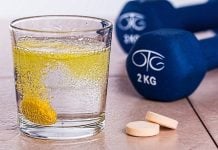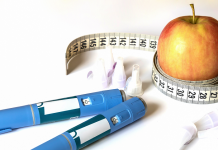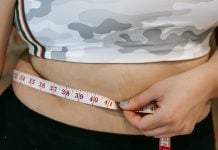
How to Avoid Sore Legs
It’s no secret that running is one of the best exercises. It’s cheap and easy to get started, and it is a great way to get your heart pumping, muscles engaged, and burn calories. There’s no feeling quite like lacing up your sneakers and hitting the trail, or finishing that 5k you’ve been prepping for. That is until you wake up the next day after an intense run and can barely move. Unfortunately, muscle soreness and running tend to go hand in hand. Instead of suffering through the pain for the next couple of days, take a look at these runner’s secrets to help combat sore legs after a big run.
Keep Moving
Make sure you cool down after a long or intense run and give yourself time to properly stretch. Walking for an extra 5 to 10 minutes will help your legs get rid of built up lactic acid.
Be sure to do a cool-down jog if you’ve been sprinting as well. Hard, fast running is a great way to work your legs and build muscle, but it can also make you pretty sore. By doing a little cool-down walk or jog, you’ll help work out that lactic acid preemptively and give your body a chance to heal.
It may be tempting to take the next day off and spend it on the couch, but that’s one of the worst things you can do. You don’t need to go out and run another marathon but dedicate at least 30 minutes to taking a leisurely stroll to help your sore legs. This will help increase blood flow in your legs and accelerate the healing process.
After a hard workout, be sure to do a soft, lighter workout to keep your muscles working through the soreness.
Rest helps, but keeping muscles moving will help you recover a lot more a lot quicker.
 Rest
Rest
It is important to avoid injuries when running. Overworking your sore legs can cause these injuries, so including rest time is very important.
Active recovery matters, but it is also important not to work too hard while your muscles recover. After a hard run, make time to rest, relax, and stretch.
Don’t do your usual workout. If you do run, make it shorter, with fewer hills, or go slower. Be sure to go to bed early and get plenty of sleep. This is the time your body has to repair itself so don’t deprive it of much-needed sleep and rest.
If you can get your legs warm, either through a hot bath or light exercise, take time to stretch through sore muscles if you can. While you don’t want it to hurt, slightly stretching and moving the muscle will encourage it to recover.
Observe the Issue Closely
If you face regular soreness in your legs then you need to find out the main reason for it as rest is not going to help you in the long run. Varicose veins are closely related to muscle soreness. Varicose veins may not cause any pain making it really difficult for any individual to detect this issue. Common varicose vein symptoms include veins that are dark purple or blue in color. Veins appear to be twisted and bulging and you might see cords on your legs.
Keeping all this in mind, you should seek professional help if you see any of these aforementioned symptoms. Any delay from your end is not going to help you in any way.
Eat Protein and Cumin
Intense workouts cause muscle fibers to break down, thus causing soreness. Consuming protein post-run works to repair the fibers so muscles can heal faster. Every time this happens, your muscles become stronger and are more equipped to combat soreness and the risk of injury.
Add a little shredded beef or chicken to your salad or sandwiches, and be sure to supplement with other pure protein sources like nuts, legumes, eggs, and some dairy.
Cumin, also known as turmeric root, can also be added to your diet to soothe sore muscles as well. It has long been used in medical practices due to its anti-inflammatory, anti-carcinogenic, and antioxidant properties. While consuming it via pills may be easier, feel free to sprinkle some in next time you make soup, eggs, or roasted veggies.
Indulge in a Massage
If you have the time to visit a massage therapist, that’s great! If not, get help from a friend, family member, or opt to give yourself a rub down. The sooner you massage your strained leg muscles, the better.
Regularly massaging your legs is a great habit to get into. Much like walking, this helps remove excess waste from your cells (remember the lactic acid we mentioned?).
It also improves your circulation and blood flow, helping to avoid stiffness and prevent problems like spider veins. If you do have varicose or spider veins, Ivein says the best method to help relieve their effects is to get screened or have spider vein treatment done with lasers. If you use topical treatment creams to combat soreness, add them as well.
While you won’t want to go overboard here, massaging with some of these topical creams can make a world of difference in intensely sore muscles and get you healing up a little faster.
Wrap-Up
If you want to help your legs in other ways, try this butt-kicking leg workout to help you with your leg strength. The stronger your legs are, the less sore they will be over time! With these tips in mind, your sore legs should soon become a thing of the past, or at least a lot more manageable.
Remember to take immediate action after your next hard run, and treat yourself to a nice massage. Run-on, and stride confidently.
- How to Get Into Shape Again After Winter - April 10, 2023
- Best Exercises for a Strong Spine - August 29, 2021
- 5 Ways to Reduce the Impact of Stress on Your Body - June 16, 2020
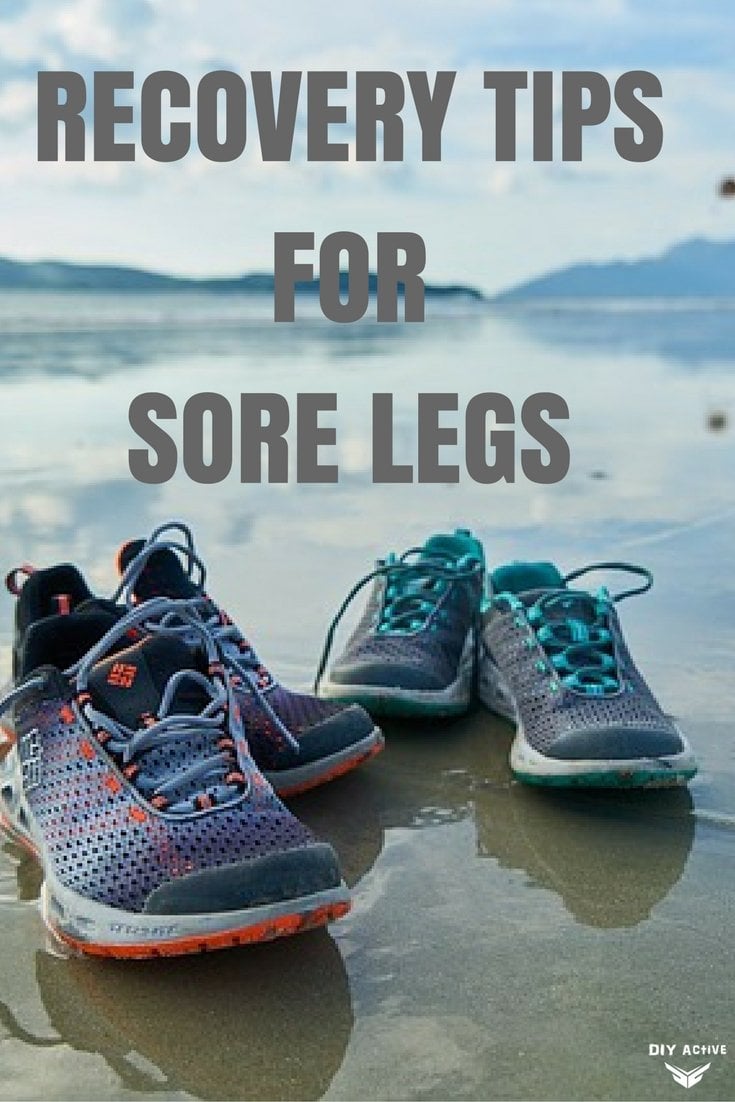
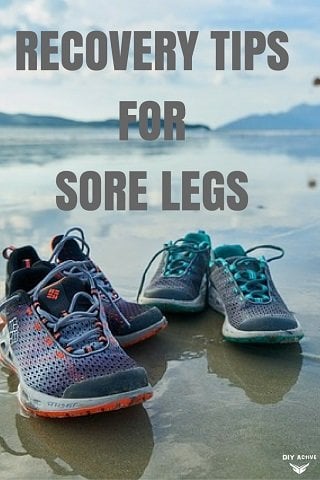 Rest
Rest